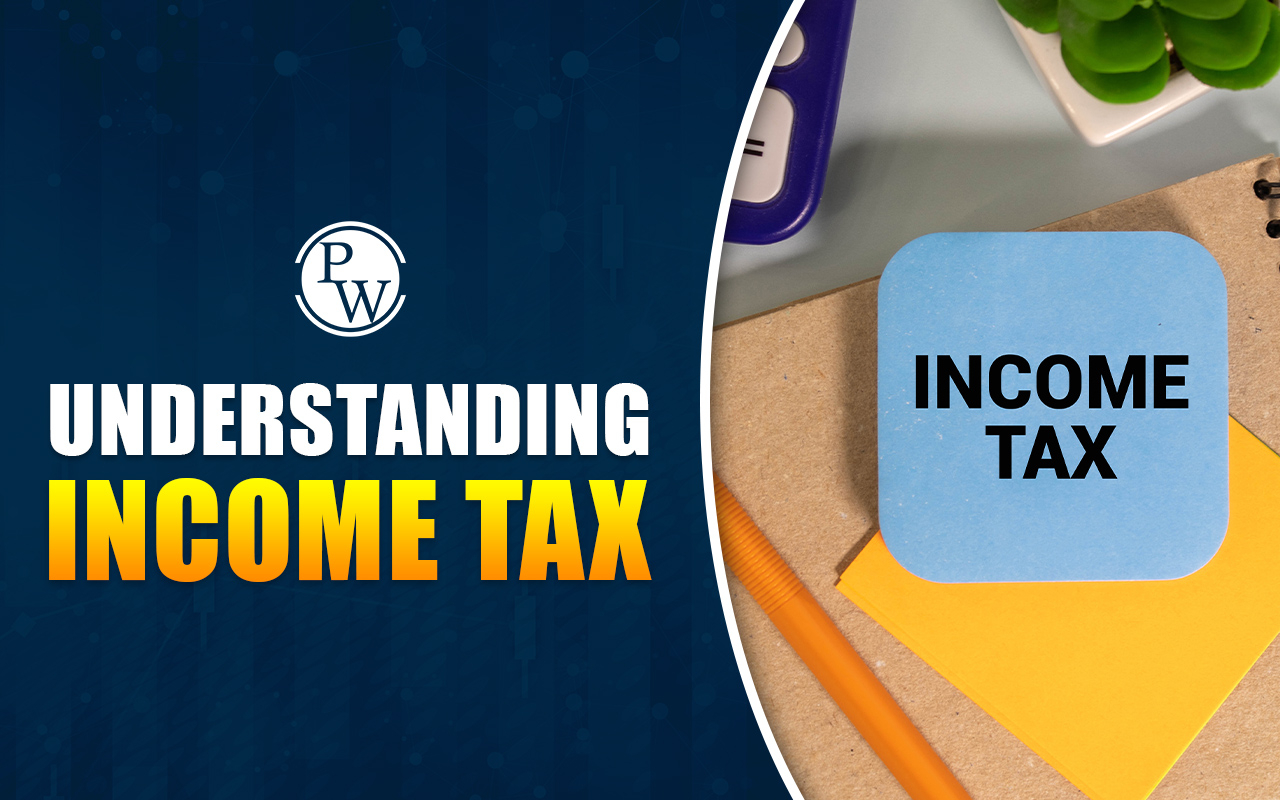
Difference Between Tax Planning and Tax Management: Is tax planning the same as tax management? The difference between tax planning and tax management is often misunderstood. While both help minimize taxes and ensure compliance, they serve different purposes.
Tax planning involves making strategic decisions to reduce tax liability legally, while tax management focuses on adhering to tax laws to avoid penalties.
Together, tax planning and management help individuals and businesses retain more of their earnings. For corporations, corporate tax planning and management have a crucial role in financial optimization.
Here, we’ll explore tax planning vs tax management, their key aspects, and how understanding the tax planning and tax management difference can benefit taxpayers.
What is Tax Planning?
Tax planning is the process of organizing finances to legally reduce tax liability by using deductions, exemptions, and rebates under the Income Tax Act, 1961. It helps individuals and businesses save money while ensuring compliance.
For example, investing in a Public Provident Fund (PPF) or Equity Linked Savings Scheme (ELSS) can reduce taxable income under Section 80C. Similarly, home loan interest repayment qualifies for deductions under Section 24.
Corporate tax planning and management involve structuring business expenses, depreciation benefits, and tax-saving investments to optimize profits. Choosing the right tax regime—old or new—also impacts savings. Proper tax planning ensures financial growth while staying within legal limits.
What is Tax Management?
Tax management is the process of ensuring timely and accurate tax compliance to avoid penalties. It includes record-keeping, filing tax returns, and adhering to tax laws. Proper tax management helps individuals and businesses stay financially secure and legally compliant.
For example, keeping salary slips and investment proofs makes tax filing easier, while filing Income Tax Returns (ITR) on time prevents penalties. Businesses also prepare for audits by maintaining transparent financial records.
Effective tax management involves staying updated on tax law changes and reviewing financial plans regularly. Seeking guidance from a tax professional can help in reducing risks, optimizing tax savings, and ensuring smooth tax administration.
Difference Between Tax Planning and Tax Management
Tax planning and tax management are essential for individuals and businesses to optimize tax efficiency and ensure compliance with tax laws. While both focus on taxes, they serve different purposes. Understanding the tax planning and tax management difference is crucial for financial stability and long-term savings.
The table below highlights the difference between tax planning and tax management based on key aspects:
|
Tax Planning vs Tax Management: Key Differences |
||
|
Aspect |
Tax Planning |
Tax Management |
|
Definition |
A strategy to minimize tax liability through legal deductions, exemptions, and investments. |
The process of ensuring tax compliance, accurate filing, and timely payments to avoid penalties. |
|
Objective |
Reduce tax burden and maximize savings. |
Ensure compliance with tax laws and prevent penalties. |
|
Focus |
Future tax savings and financial planning. |
Managing current tax obligations and accurate record-keeping. |
|
Scope |
Broad, involving long-term financial planning and wealth management. |
Limited to immediate tax-related tasks and compliance requirements. |
|
Timing |
Done before or during a financial year to structure investments and income. |
Carried out throughout the year, especially during tax filing periods. |
|
Legal Compliance |
Uses lawful methods to minimize tax liabilities. |
Ensures complete adherence to tax laws and regulations. |
|
Strategic Approach |
Proactive—plans ahead for tax-saving opportunities. |
Reactive—ensures legal obligations are met. |
|
Outcome |
Helps taxpayers save money legally through tax-efficient investments. |
Prevents legal issues, penalties, and interest charges. |
|
Tools Used |
Investment options like ELSS, PPF, NPS, and HRA exemptions. |
Tax software, financial records, and compliance tracking. |
|
Importance for Individuals |
Helps in personal financial growth and wealth accumulation. |
Ensures timely and accurate tax filing, avoiding penalties. |
|
Importance for Businesses |
Key for corporate tax planning and management, reducing tax liabilities and optimizing profits. |
Crucial for legal compliance, avoiding tax disputes, and maintaining reputation. |
|
Example |
Investing in PPF, ELSS, or claiming HRA to reduce taxable income. |
Filing Income Tax Returns (ITR) on time and maintaining financial documents to support tax filings. |
Read More - Inheritance Tax: Definition, Types, and How It’s Calculated with Examples
Components and Methods of Tax Planning
Tax planning helps individuals and businesses legally reduce tax liabilities by using various exemptions, deductions, and investment strategies. Below are the key components and methods involved in tax planning:
Components of Tax Planning
1. Understanding Tax Laws: Knowing tax laws like the Income Tax Act and Goods and Services Tax (GST) is crucial for effective tax planning. This helps in making informed financial decisions while staying compliant.
2. Income Tax Slabs and Rates: Tax liabilities depend on income tax slabs. Structuring income and investments wisely can help reduce tax burdens. For example, individuals can opt for tax-efficient salary structures, including House Rent Allowance (HRA) and Leave Travel Allowance (LTA).
3. Utilizing Deductions and Exemptions: Tax laws offer multiple deductions under:
- Section 80C – Investments in PPF, ELSS, NPS, and life insurance premiums.
-
Section 80D – Health insurance premiums.
-
Section 80E – Education loan interest repayments.
-
Section 80G – Charitable donations (eligible NGOs provide 50-100% deductions).
4. Capital Gains Tax Planning: Capital gains tax applies to profits from selling assets like property, stocks, or mutual funds. Strategies such as indexation, reinvesting in capital gain bonds, or holding investments for a longer period can reduce tax liability.
5. Tax-Efficient Investments: Choosing tax-saving investment options can lower taxable income. Examples include:
- Equity Linked Savings Schemes (ELSS) – Offers tax deductions under Section 80C.
-
Public Provident Fund (PPF) – Tax-free interest and deductions under Section 80C.
-
National Pension Scheme (NPS) – Provides additional tax benefits beyond Section 80C.
Read More - Understanding Tax Laws in India
Methods of Tax Planning
1. Investing in Tax-Saving Instruments: Making investments in PPF, ELSS, SCSS, and NPS can reduce taxable income under Section 80C (up to ₹1.5 lakh per year).
2. Tax Gain-Loss Harvesting: Selling investments at a loss to offset capital gains can help lower tax burdens on profits earned from other investments.
3. Timing Income and Expenses: Managing when to receive bonuses or defer large transactions can help stay in a lower tax bracket.
4. Retirement Savings: Contributions to pension funds like NPS and EPF provide tax deductions while ensuring financial security for the future.
5. Home Loan Benefits:
-
Section 24 – Allows deduction of up to ₹2 lakh on home loan interest.
-
Section 80C – Principal repayment qualifies for deductions.
6. Education and Health Expenses:
-
Section 80E – Deduction for education loan interest.
-
Section 80D – Deduction for health insurance premiums for self, family, and parents.
7. Charitable Contributions: Donations to recognized charities under Section 80G allow 50-100% deductions.
8. Salary Restructuring: Optimizing salary components like HRA, LTA, and reimbursements can reduce taxable income.
9. Hiring a Tax Advisor: A tax professional can help identify the best tax-saving strategies based on individual financial situations.
Effective tax planning ensures compliance with tax laws while maximizing savings. Most deductions and exemptions are available under the old tax regime, so choosing between the old and new tax structures requires careful evaluation. Consulting a tax advisor can help in making informed decisions for tax-efficient financial planning.
Components and Methods of Tax Management
Tax management ensures compliance with tax laws while minimizing liabilities. It involves timely tax payments, accurate record-keeping, and strategic planning to avoid penalties. Below are the key components and methods of tax management:
Components of Tax Management
1. Managing Direct and Indirect Taxes: Tax management covers:
- Direct taxes – Includes income tax, corporate tax, and capital gains tax.
-
Indirect taxes – Covers GST, customs duty, and excise duty.
Businesses and individuals must comply with these tax structures to avoid legal issues.
2. Tax Compliance and Filing: Filing tax returns on time is essential to avoid penalties. Keeping accurate financial records, such as income statements, investment proofs, and salary slips, ensures smooth tax filing.
3. GST Compliance for Businesses: Businesses must file GST returns correctly, reconcile input tax credits, and ensure accurate tax payments to avoid penalties.
4. Transfer Pricing Compliance for Multinational Companies: Companies involved in international transactions must follow transfer pricing regulations to ensure fair pricing between related entities, preventing tax evasion.
Methods of Tax Management
1. Accurate Record-Keeping: Maintain organized financial records, including income details, deductions, and tax payments, to simplify filing and audits.
2. Timely Tax Filing: File income tax returns and GST returns before deadlines to prevent penalties. Late filings can attract interest charges.
3. Understanding Deductions and Credits: Knowing available deductions under Section 80C (investments), Section 80D (health insurance), and Section 80E (education loans) helps reduce tax burdens.
4. Using Tax Software: Reliable tax software can help automate tax calculations, detect errors, and streamline filing processes.
5. Seeking Professional Advice: Consulting tax professionals can help manage complex tax situations, optimize deductions, and ensure compliance with changing laws.
6. Managing Cash Flow for Tax Payments: Proper financial planning ensures taxes are paid on time without disrupting cash flow. Businesses should set aside funds periodically to meet tax obligations.
7. Regular Review of Tax Strategy: Periodically reassessing tax-saving strategies helps individuals and businesses adapt to new tax laws and financial goals.
8. Audit Preparedness: Being audit-ready involves maintaining transparent financial records, ensuring accurate tax reporting, and having proper documentation for deductions.
9. Ethical Tax Compliance: Following legal tax practices prevents legal troubles. Avoid aggressive tax-saving strategies that may lead to scrutiny from tax authorities.
Effective tax management helps individuals and businesses avoid penalties, optimize tax savings, and ensure compliance with tax regulations. Seeking guidance from a tax advisor can simplify the proces and provide personalized tax-saving strategies.
Furthermore, tax planning helps reduce tax liabilities, while tax management ensures compliance with tax laws. Both are essential for financial stability and risk management. Understanding these concepts is valuable for career growth in finance, accounting, and business, as it enhances decision-making and job opportunities.
Learn Accounting and Taxation with PW (PhysicsWallah)
The PW Accounting and Taxation Online Course, created with PwC India, is a 4-month program covering finance, tax, and accounting. It includes hands-on training in Zoho Books and Excel, helping you understand tax planning and tax management with real-world applications. Sign up for the PW Accounting and Taxation Online Course today!
FAQ
What does tax management mean?
What is the difference between tax planning and tax management?
What is corporate tax planning and management?
Why is tax planning and tax management important?
How can businesses improve tax planning and management?










